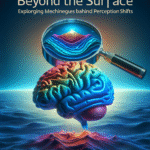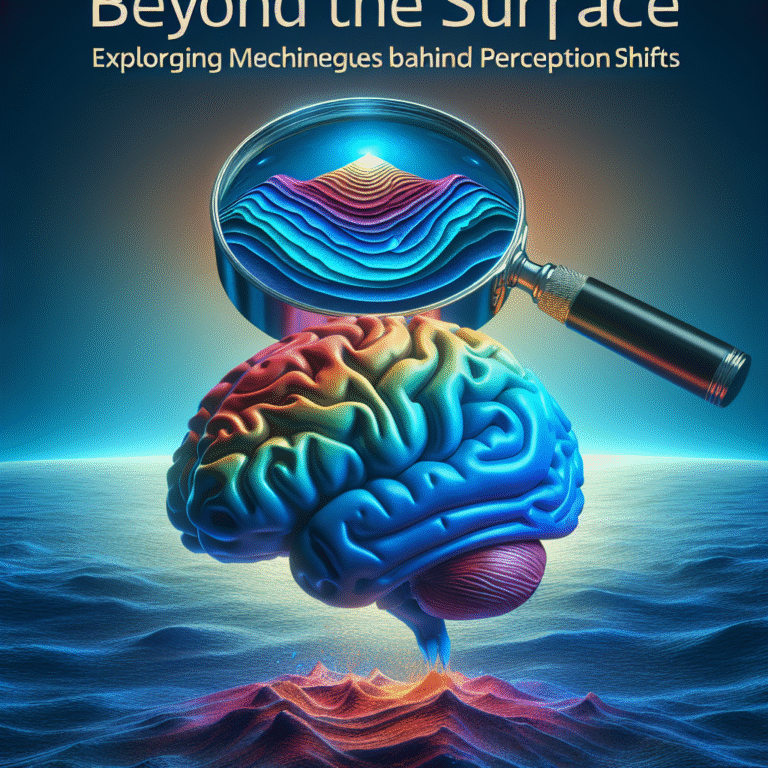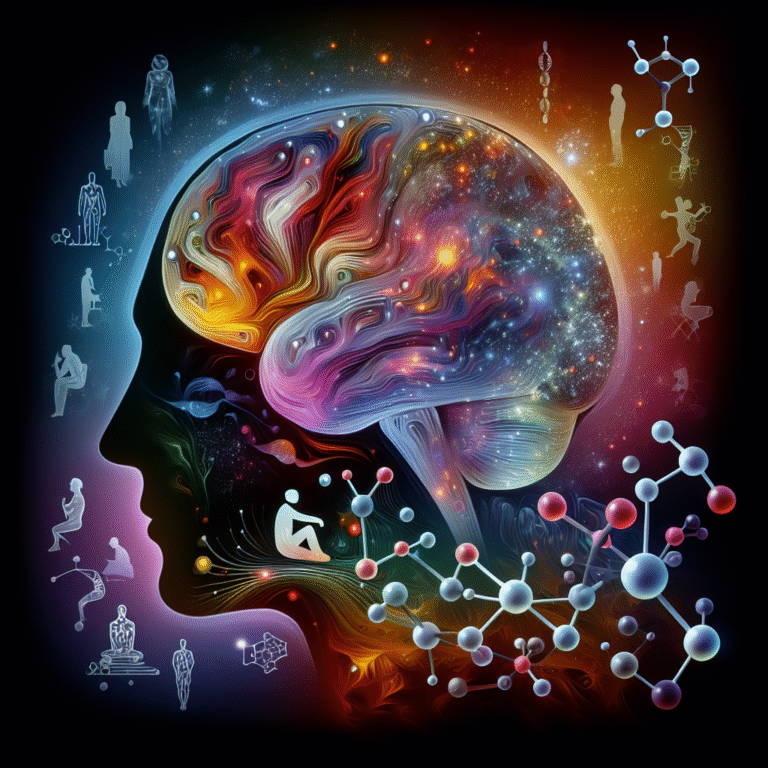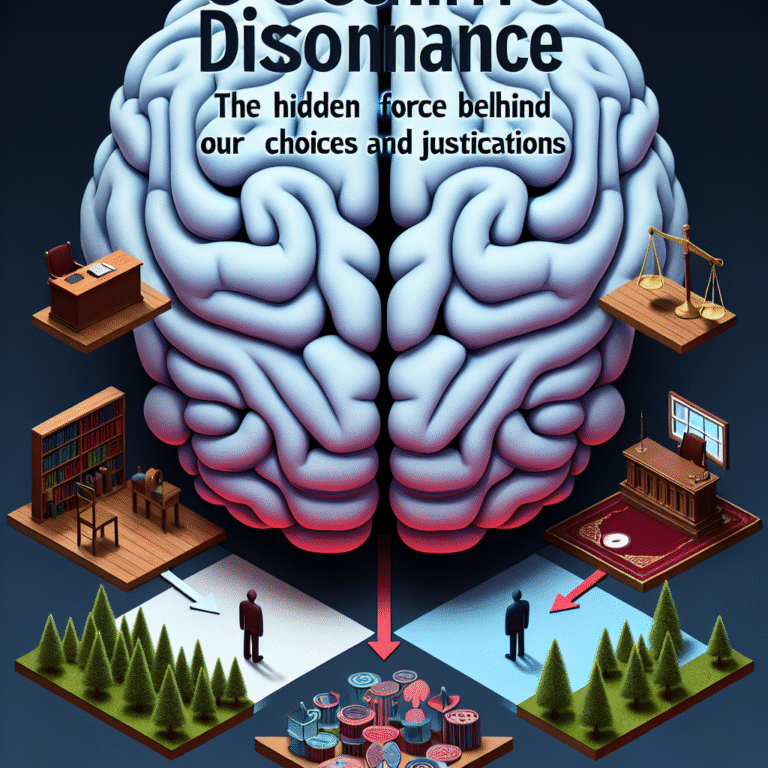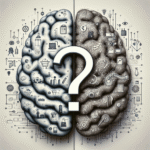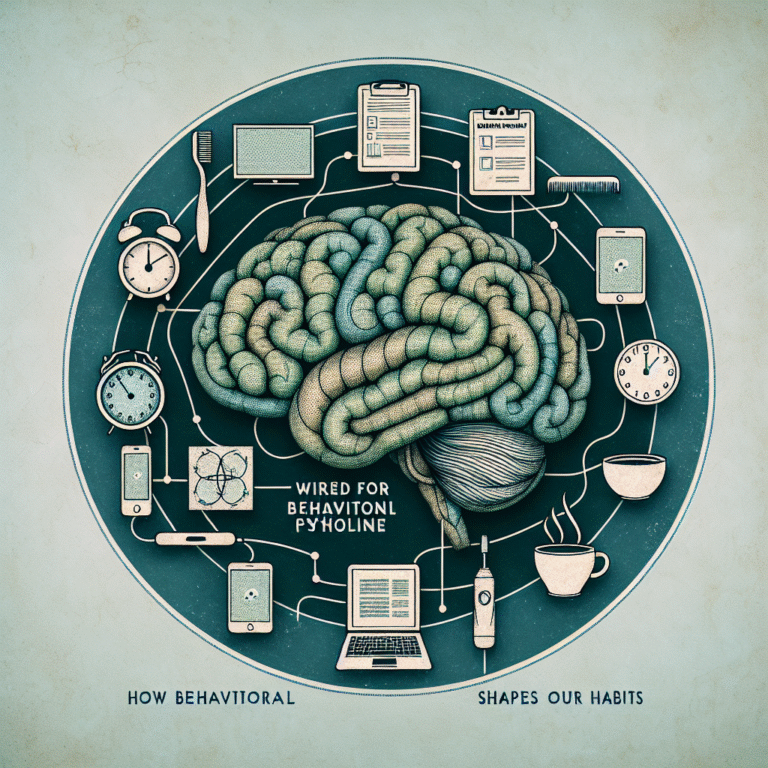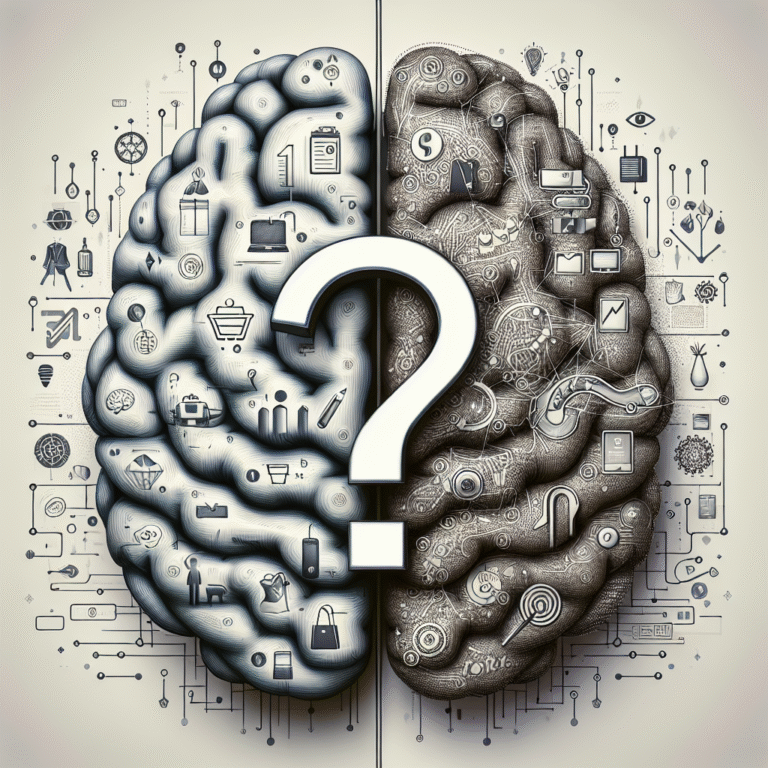
Introduction
In today’s fast-paced world, the boundary between our physical and mental health often feels blurred. This bewildering intersection gives rise to a complex tapestry of conditions known as psychosomatic disorders—where psychological stress manifests as physical symptoms. This article, Navigating the Labyrinth: How to Diagnose and Treat Psychosomatic Disorders, aims to illuminate the intricacies of these often-misunderstood conditions, equipping you with the knowledge and tools to better understand, identify, and treat them. Understanding psychosomatic disorders is not just about alleviating symptoms; it’s about fostering a holistic approach to health and well-being.
Understanding Psychosomatic Disorders
What Are Psychosomatic Disorders?
Psychosomatic disorders are medical conditions where psychological factors significantly contribute to or exacerbate physical illness. While the symptoms may appear purely physical, they often stem from emotional or mental distress. Conditions like chronic pain, gastrointestinal issues, or even dermatological problems can arise as psychosomatic manifestations.
Common Symptoms and Conditions
Symptoms can vary widely among individuals but typically include:
- Chronic Pain: Often without a clear physical cause.
- Gastrointestinal Issues: Such as irritable bowel syndrome (IBS).
- Fatigue: Including chronic fatigue syndrome.
- Skin Disorders: Like eczema or psoriasis exacerbated by stress.
Understanding these symptoms is essential for navigating the labyrinth of diagnosis and treatment.
The Mind-Body Connection
The mind-body connection is the natural interplay between our thoughts, emotions, and physical health. This relationship helps explain why psychological stress can lead to physical illness. When emotional distress occurs, it can influence the nervous system, immune response, and even hormonal balance, resulting in various health complications.
Diagnosing Psychosomatic Disorders
The Diagnostic Process
Diagnosing psychosomatic disorders can be a complex journey. Here are key steps typically involved:
- Comprehensive Medical Evaluation: A thorough examination to rule out any underlying physical conditions.
- Psychological Assessment: Tools such as questionnaires or interviews to evaluate mental health.
- Patient History: Understanding the patient’s psychological background, stressors, and lifestyle.
- Exclusion of Other Conditions: Discernment to isolate physical illnesses from psychosomatic symptoms.
Red Flags to Watch For
Identifying psychosomatic disorders involves recognizing certain "red flags":
- Frequent visits to multiple healthcare providers without clear diagnosis
- Symptoms that worsen with stress or anxiety
- Physical examinations that reveal no tangible medical issues
Understanding these signs is crucial for navigating the labyrinth effectively.
Case Study: Sarah’s Journey
Background: Sarah, a 35-year-old marketing executive, frequently visits her doctor for unexplained chest pain.
Diagnosis: After several tests reveal no physical issues, a mental health assessment uncovers significant anxiety related to work stress.
Treatment: A holistic approach combining cognitive-behavioral therapy (CBT) and stress management techniques leads to a significant reduction in symptoms.
Relevance: Sarah’s case highlights the importance of considering psychological factors in physical complaints, showcasing how proper diagnosis can lead to effective treatment.
Treating Psychosomatic Disorders
Integrated Treatment Approaches
Successful treatment of psychosomatic disorders often involves a blend of therapies:
-
Psychotherapy: Techniques like CBT or mindfulness-based stress reduction help patients address internal conflicts and stressors.
-
Medication: In some cases, antidepressants or anxiolytics may be introduced to manage symptoms of anxiety or depression.
-
Physical Therapy: Engaging in physical rehabilitation strategies can alleviate physical symptoms.
- Mindfulness and Relaxation Techniques: These practices foster mind-body awareness and can reduce symptom intensity.
Importance of a Comprehensive Treatment Team
A multidisciplinary approach ensures that all aspects of a patient’s health are addressed. This team may include:
- Primary care physicians
- Psychiatrists or psychologists
- Physical therapists
- Nutritionists
Collaboration is essential for successful outcomes, guiding patients through the complexities of their symptoms while nurturing a supportive health ecosystem.
Case Study: Mark’s Transformation
Background: Mark, a 40-year-old teacher, experienced debilitating migraines with no medical explanation.
Diagnosis: Through discussions with a psychologist, it was identified that these migraines were linked to workplace stress.
Treatment: Mark engaged in a combination of CBT and yoga, coupled with mindfulness practices.
Outcome: Mark reported significantly fewer migraine episodes and improved overall well-being.
Relevance: Mark’s transformation illustrates how an integrated treatment approach can lead to profound changes in quality of life.
The Role of Lifestyle Changes
Nutrition and Psychosomatic Conditions
A well-balanced diet can significantly affect mental health. Certain foods are known to influence mood and stress levels. Here’s a brief overview:
| Food Type | Impact on Mood |
|---|---|
| Omega-3 Fatty Acids | Reduces inflammation; improves mood |
| Fruits and Vegetables | Boosts vitamins and minerals important for mental health |
| Whole Grains | Stabilizes blood sugar; enhances energy |
Exercise and Mental Well-being
Physical activity releases endorphins, acting as natural stress relievers. Regular exercise can be a powerful tool in managing psychosomatic disorders by:
- Reducing anxiety and depressive symptoms
- Improving self-esteem
- Enhancing overall physical health
Case Study: Emma’s Holistic Approach
Background: Emma, a 29-year-old lawyer, struggled with anxiety that manifested as chronic digestive issues.
Lifestyle Changes: Emma adopted a Mediterranean diet and committed to a regular yoga practice.
Outcome: After several months, her digestive issues improved, and she reported a marked reduction in anxiety levels.
Relevance: Emma’s experience underscores the importance of lifestyle modifications in navigating psychosomatic disorders, empowering patients to take proactive steps in their recovery.
Conclusion
Navigating the labyrinth of psychosomatic disorders can be challenging, yet understanding this intersection of mind and body offers hope and healing. This comprehensive exploration into Navigating the Labyrinth: How to Diagnose and Treat Psychosomatic Disorders provides insights into identifying symptoms, understanding diagnosis, and embracing integrated treatment approaches.
Takeaway
Empowerment lies in understanding our health. If you or someone you know is experiencing unexplained physical symptoms, consider seeking help from a healthcare professional who can facilitate the crucial conversations necessary to uncover underlying emotional distress. Embrace the journey of healing—it is not only about alleviating symptoms but rediscovering balance and well-being.
FAQs
1. What are the main symptoms of psychosomatic disorders?
Symptoms can range widely but commonly include chronic pain, fatigue, gastrointestinal issues, and skin problems, often exacerbated by emotional stress.
2. How are psychosomatic disorders diagnosed?
Diagnosis involves a comprehensive medical and psychological evaluation to rule out other conditions and explore the mind-body connection.
3. Can lifestyle changes help with psychosomatic disorders?
Absolutely! Healthy lifestyle changes, including diet and exercise, can significantly impact emotional well-being and symptom management.
4. Is psychotherapy effective for psychosomatic disorders?
Yes, psychotherapeutic approaches like cognitive-behavioral therapy have shown substantial benefits for managing psychosomatic symptoms.
5. How can I find a qualified healthcare provider for psychosomatic disorders?
Seek referrals from primary care physicians or check professional associations for psychologists and other mental health specialists.
By understanding the complexities of psychosomatic disorders, we can foster a healthier relationship between our physical and mental well-being. Remember, the journey through this labyrinth is one toward healing and self-discovery.

